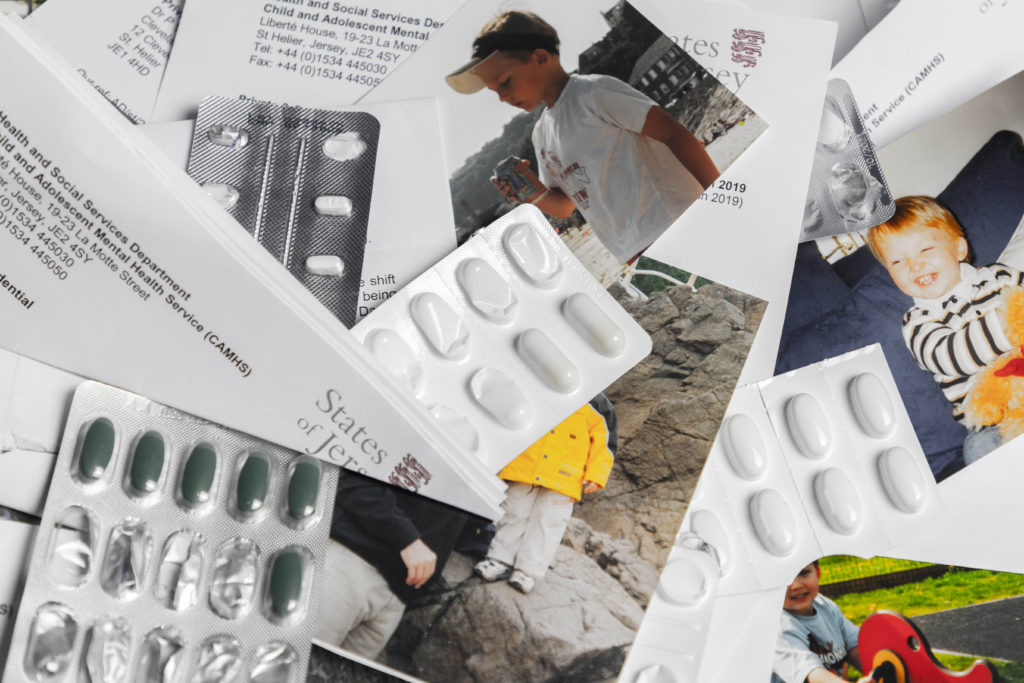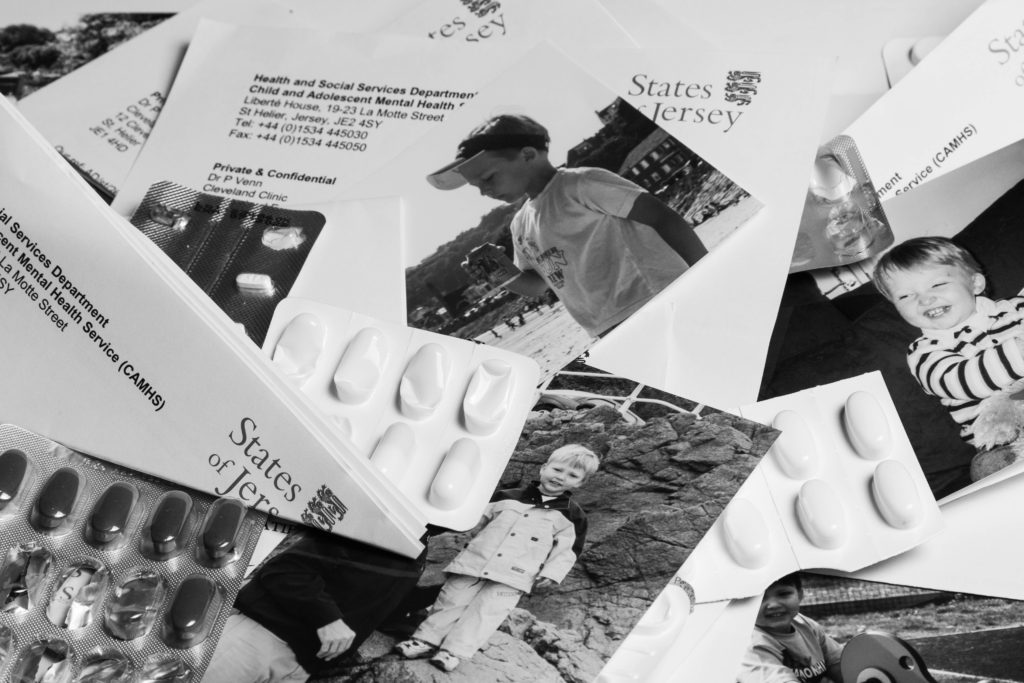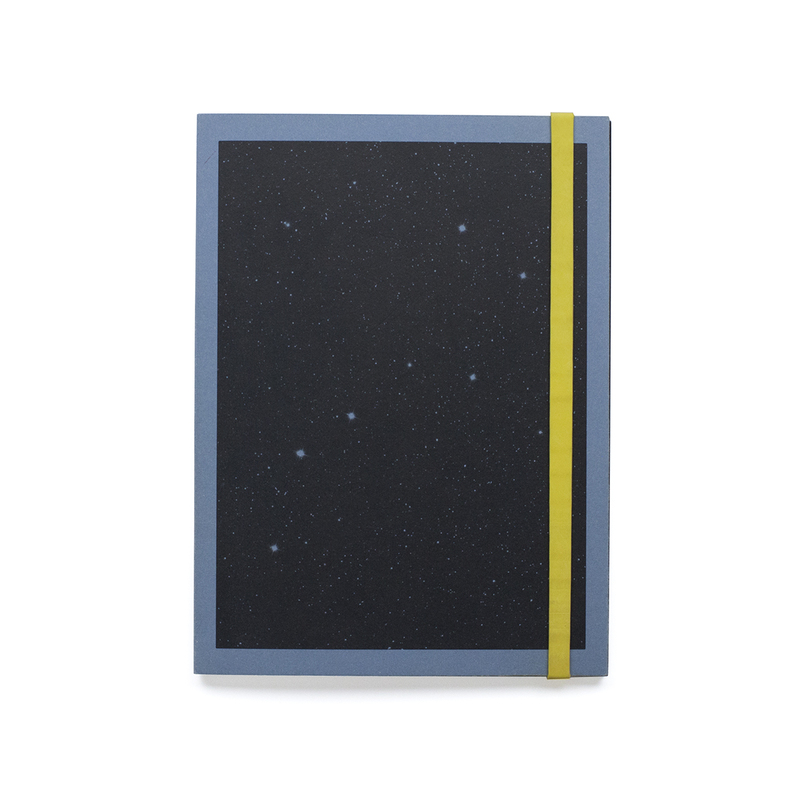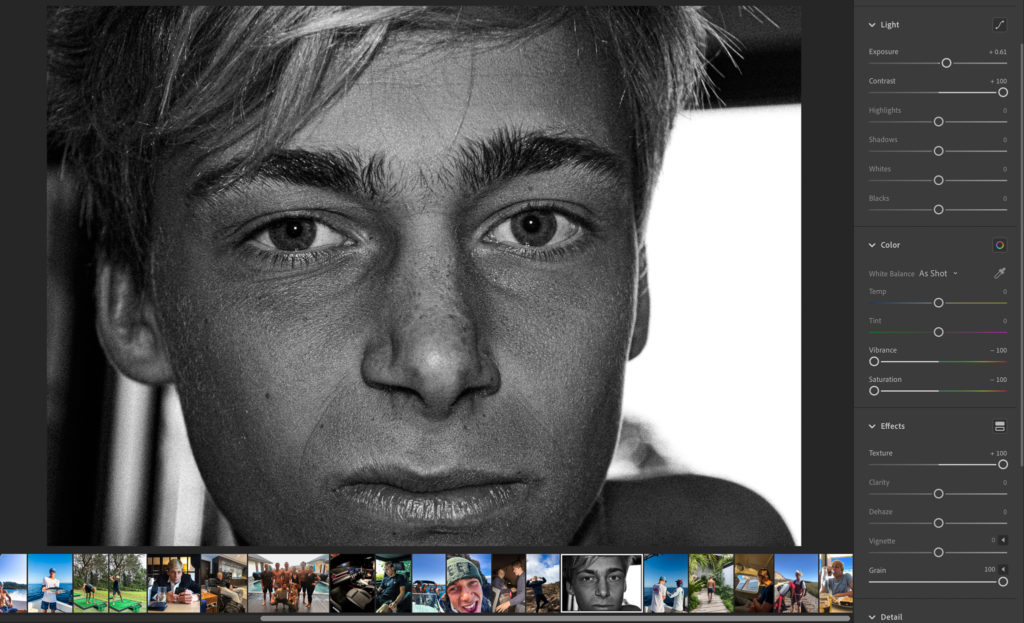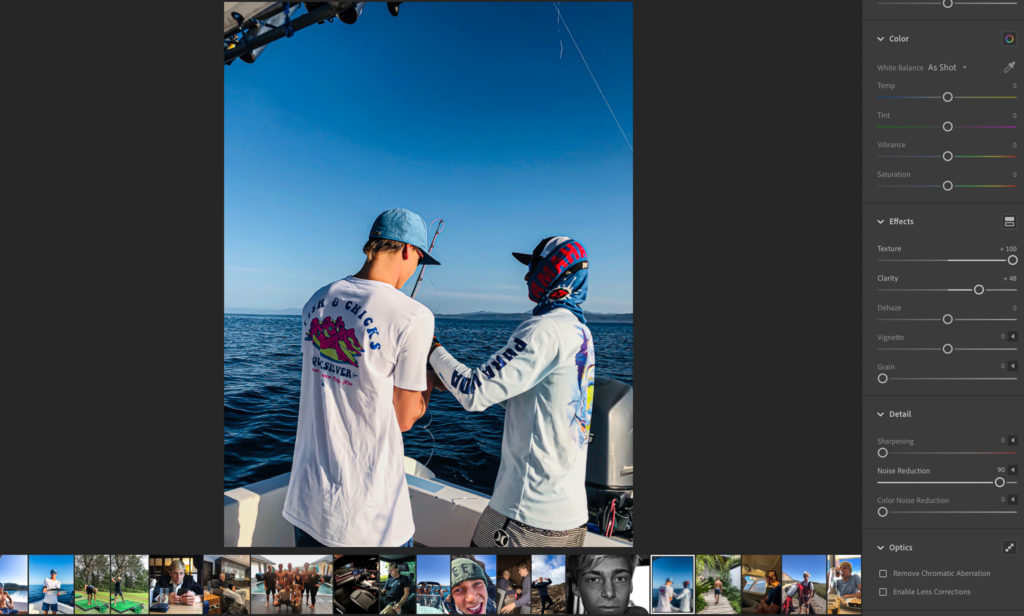The main photographer i will be studying is Lauren Greenfield.
Lauren Greenfield Is an American artist, documentary photographer, and documentary filmmaker. She has published four photographic monographs, directed four documentary features, produced four traveling exhibitions, and published in magazines throughout the world.
She is extremely well renowned predominantly for exploring class, status, wealth and extravagance within her own work, primarily through documentary photography.
Some of her main work pieces are as follows:
Generation Wealth:
Her main body of work surrounding this field is named “generation wealth”. This project is multi-platform and had been worked on from 2007 to 2017 through first-person interviews, with Greenfield starting in Los Angeles and spreading across America and beyond. It was based around the visual history of our growing obsession with wealth and it demonstrates a revelatory cultural documentation of wealth for viewers to explore, looking into depth at and documenting how we export the values of materialism, celebrity culture, and social status to every corner of the globe. Greenfield also uses this project to put across this modernised attitude people have acquired of wanting to get rich at all costs which has boomed in recent years. Such as the stories within this project like those of some of the students, single parents and families interviewed, who are overwhelmed with debt, yet determined to purchase luxury houses, cars, clothing and holidays. Some of Lauren’s most popular and influential work that relate very well to the area that I am studying within documentary photography are as seen below in her projects named, “Fast Forward” and the more popular of the two, “Generation Wealth.” This visual history of the growing obsession with wealth uses first-person interviews in Los Angeles, Moscow, Dubai, China and around the world to bear witness to the global boom-and-bust economy, and to document its complicated consequences including materialism and the desire to be wealthy at any cost.
The Los Angeles children encountered early in the book have become defined by the search for status through material acquisition. They buy multi-thousand-dollar handbags to take to class. Other kids in their grade are given BMWs when they turn sixteen. They compete over whose family can afford the best designer clothes, the most elaborate bar mitzvahs, the biggest houses. A 12-year-old whose working-class mother is bankrupting herself to finance the girl’s love of Ed Hardy designer tank tops is interviewed at one point. She explains how she knows she is putting great financial strain on her mom, and says she sort of feels bad about it, but explains: “I want the world; I want designer clothes, I want eternal happiness, the fountain of youth. I want to be able to afford ritzy private schools. I want the best of everything. Money is most definitely important for everything on my list of what I want.”
Fast Forward (Growing up in the shadow of Hollywood):
“Fast Forward” is a powerful look at Los Angeles youth culture and its influence on the rest of our society. From the affluent children of the Westside to the graffiti gangs and party crews of East LA, young Angelenos reckon with an overwhelming barrage of advertising and entertainment images emphasizing money, possessions, and eternal youth. This collection of 79 colour photographs, accompanied by interviews with the children and their parents, reveals the realities of growing up fast in a culture that is at once irresistible and unforgiving. A compelling precursor to Greenfield’s widely praised “Girl Culture,” “Fast Forward” is a telling document of the direction in which today’s ultra-image-conscious culture is pointed. It also documents the experience of growing up in Los Angeles, and the ways children are influenced by the values of Hollywood. The quest for “fame,” the preoccupation with trends, the culture of materialism, and the obsession with image that characterizes Hollywood is reflected in the everyday lives and rituals of L.A. youth. A recurring theme in the project is the fleeting quality of youth. As one teenager says, “You grow up really fast when you grow up here. L.A. is so fast-moving, and kids really mature at a young age. Everyone is in a rush to be old, to be going to the clubs, going out… It’s not cool to be a kid.”
Image: Mijanou and friends from Beverly Hills High School spending their Senior Beach Day at Will Rogers State Beach in Los Angles. Mijanou won the title of “best physique” at Beverly Hills High.
The photo that really launched Lauren’s career was called Mijanou and friends from Beverly Hills High School on Senior Beach Day. A picture taken in 1993 in Santa Monica, California, as part of this project. Greenfield came to make this picture circuitously through an internship at National Geographic, which was the professional experience to which Lauren’s career is also indebted. In the process of making this photograph and the project for which it became the iconic image, Greenfield explains how she found her voice as a photographer. The photograph of Mijanou ended up being the cover of the book and was published and exhibited internationally. Mijanou wasn’t rich, but she lived in a world where her friends were. She explained to Greenfield about the pressures of her world and how it was hard when you could not keep up, but she also recognized that her beauty allowed her entrée into the popular clique.





